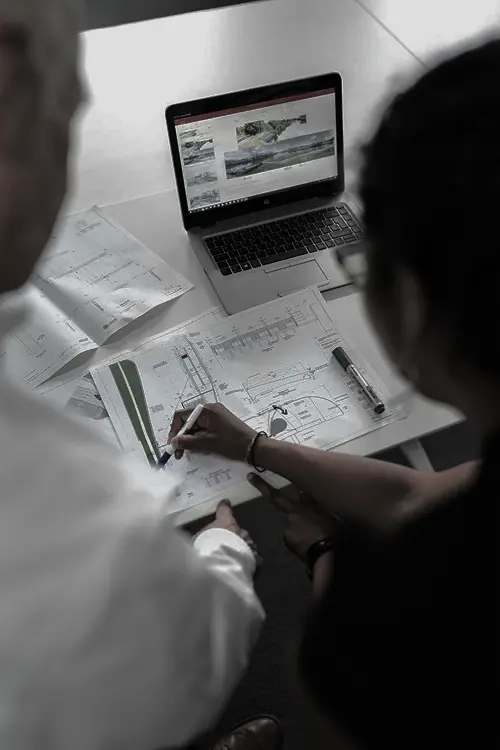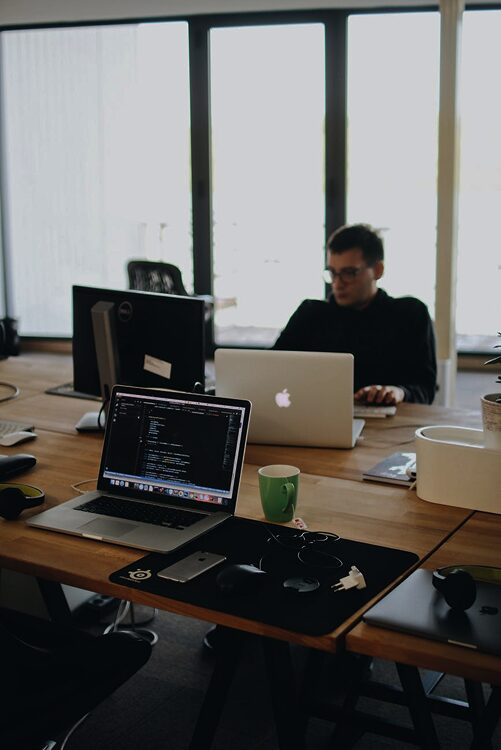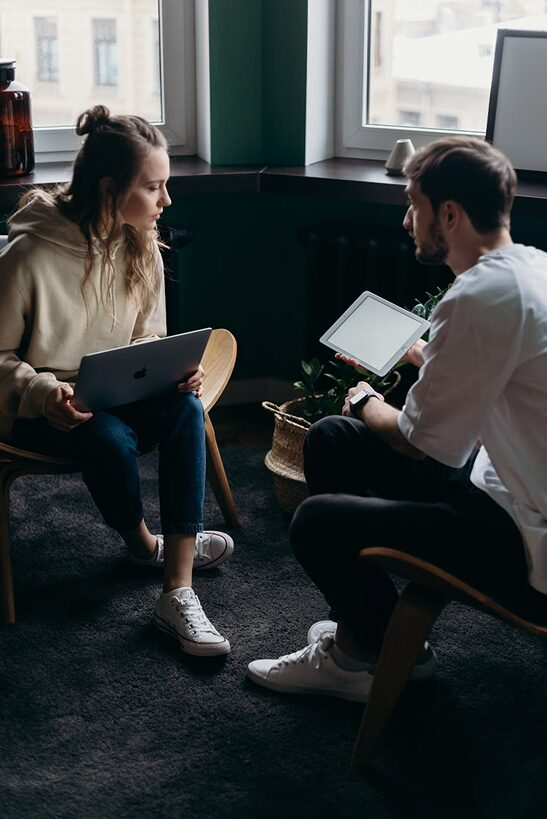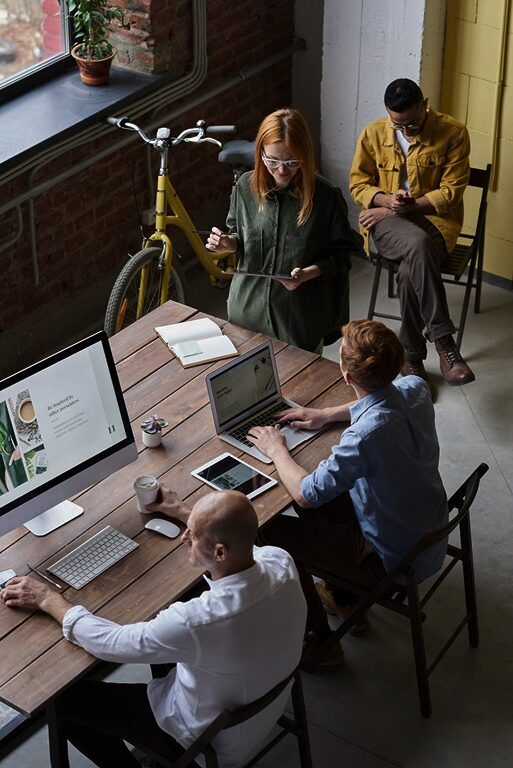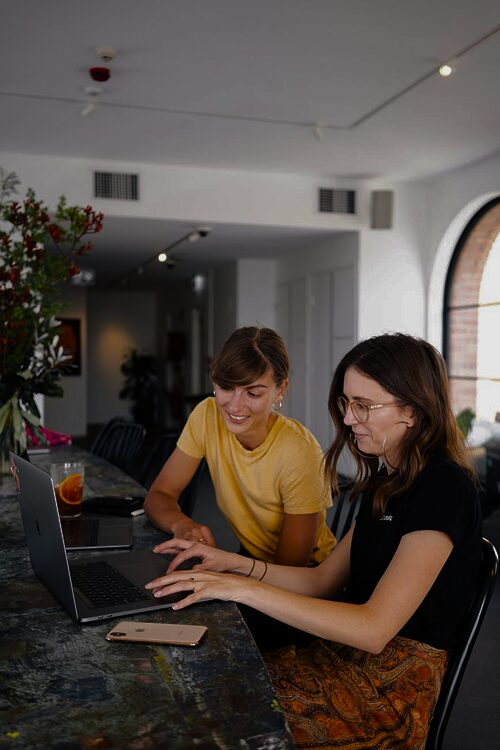
Our Philosophy
Rooted in cutting-edge data analytics and AI, our solutions optimize lead conversions, PPC campaigns, and high-impact Google and Meta ads. Every decision is driven by insights that matter.
Our mission is to simplify challenges and create scalable opportunities, driving success today and shaping a brighter future for our clients.

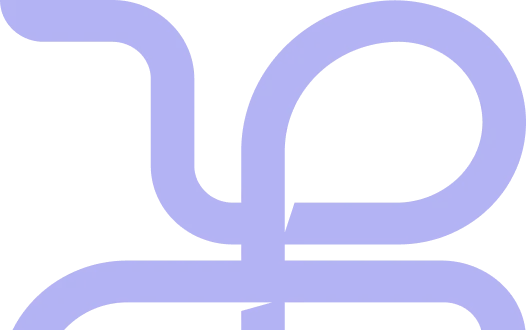
Struggling to grow?
We will do a quick audit of your brand to help you understand some key issues.
Our Services
Let’s Connect and Grow Your Brand Together!
Our Hammer & Peg
The SquarePeg
in Action!
Check out how we’ve helped brands like yours thrive!
The Cool Kids Club!







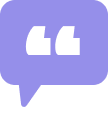
“The team excels at their willingness to work based on success!”
“I find them flexible and great value for money. Their current online presence has produced more leads for both the top and bottom of the funnel.”

Nauman Jaffer

Adnan Iqbal
I hired the services of The SquarePeg for digital establishment and promotion of my specialized City Clinics at Wah, Pakistan and I recieved quality client services with prompt responses and a very comprehensive marketing strategy. […] I have been satisfied by the outcomeI have been able to recieve so far and recommend the entire team of The SquarePeg.

Raihaan Masroor
Their team was super transparent in terms of expectations, goals and challenges. Thanks to The SquarePeg our platform saw a 400% increase in revenue while minimalizing all acquisition costs. The company appreciated the fact that the team never over-promised on anything with the project, setting their expectations properly.

Shoaib Khalid
The SquarePeg helped me re-design and rebrand all my collateral. I appreciate their contemporary and out-of-the-box approach.
Have more questions?
We're here to help!
How does your content marketing work?
We create SEO-friendly, audience-focused content like blogs, guides, and lead magnets that boost visibility, build authority, and drive qualified traffic.
Can you help build or improve our marketing funnel?
Absolutely. We design and optimize funnels with landing pages, email sequences, and nurturing flows that guide visitors through the buyer journey and increase conversions.We track metrics that matter to your business—beyond traffic and clicks, we focus on lead quality, conversion rates, acquisition costs, and ROI. Custom dashboards show real-time performance, allowing for quick optimizations to maximize results.
What kind of web development do you provide?
We build modern, responsive websites with a focus on performance, user experience, and conversion, whether from scratch or through redesigns.
How do you start working with a new client?
We begin with a discovery session to understand your goals, audience, and current setup, then develop a custom strategy with clear steps and timelines.
What does your pricing look like?
We offer flexible pricing options including monthly retainers, project-based packages, and customized solutions based on your business needs and goals.
How does your content marketing work?
We create SEO-friendly, audience-focused content like blogs, guides, and lead magnets that boost visibility, build authority, and drive qualified traffic.
Can you help build or improve our marketing funnel?
Absolutely. We design and optimize funnels with landing pages, email sequences, and nurturing flows that guide visitors through the buyer journey and increase conversions.
What kind of web development do you provide?
We build modern, responsive websites with a focus on performance, user experience, and conversion, whether from scratch or through redesigns.
How do you start working with a new client?
We begin with a discovery session to understand your goals, audience, and current setup, then develop a custom strategy with clear steps and timelines.
What does your pricing look like?
We offer flexible pricing options including monthly retainers, project-based packages, and customized solutions based on your business needs and goals.
We don't believe in gatekeeping!
No matter where you’re starting from, whether you’re an entrepreneur with a big idea or a business ready to scale, we’d love to be a part of your growth journey!
Schedule a FREE consultation with our team

